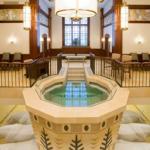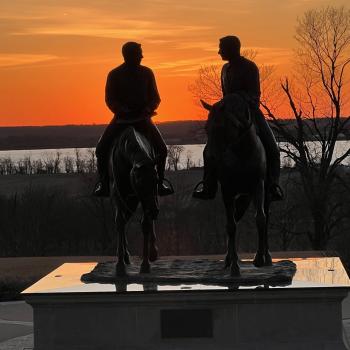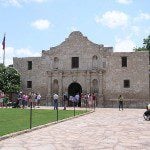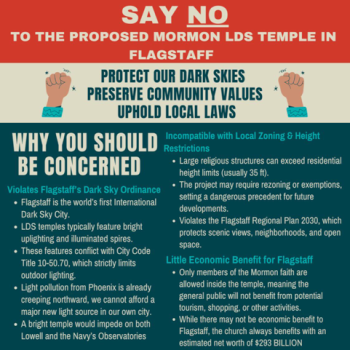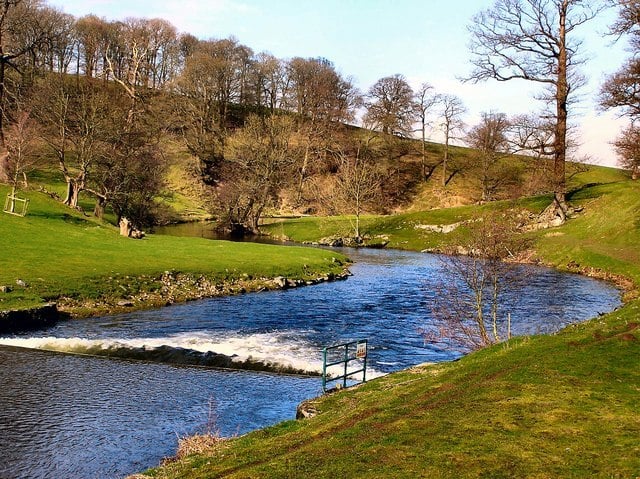
After leaving the Lake District yesterday afternoon, our group drove through Milnthorpe, where John Taylor is generally thought to have been born in 1808. We also visited the house in Beetham, near Milnthorpe, where his parents, James and Agnes Taylor ,lived and in which John grew up. He emigrated to Canada in 1832, where, having been taught by Parley P. Pratt, he and his wife, Leonora Cannon Taylor, joined the Church of Jesus Christ of Latter-day Saints in 1836. On 19 December 1838, he was ordained to the apostleship, and he was seriously wounded during the 27 June 1844 assault on the jail in Carthage, Illinois, in which Joseph and Hyrum Smith were murdered. As president of the Quorum of the Twelve Apostles he became the leader of the Church in 1877, and he served as the overall Church president from 1880 until his death in 1887.
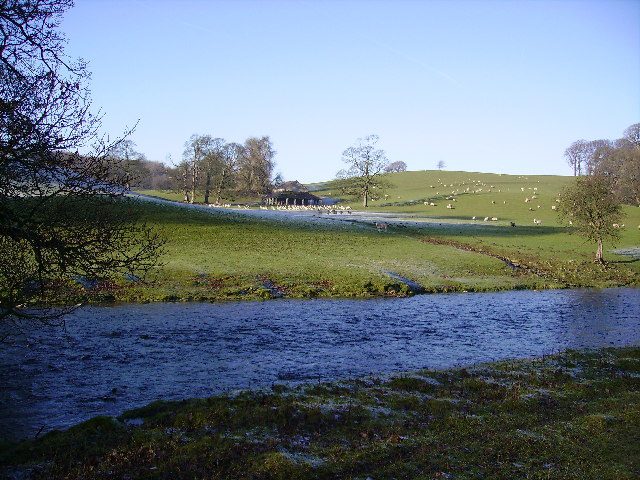
(Wikimedia Commons public domain image)
This morning, we attended the sacrament meeting of the Chorley Fourth Ward of the Preston England Stake, which meets in the large chapel within the complex that includes the England Missionary Training Centre and several other buildings — most prominent among them the Preston England Temple, which was dedicated in 1998. I was pleased and excited to learn that there are imminent plans to commence the construction, on the large and undeveloped fields that also appertain to the Preston Temple grounds, of a large “concert hall” that will host “For the Strength of Youth” gatherings, performances of the so-called “British Pageant” and, most likely, other musical events and assemblies.
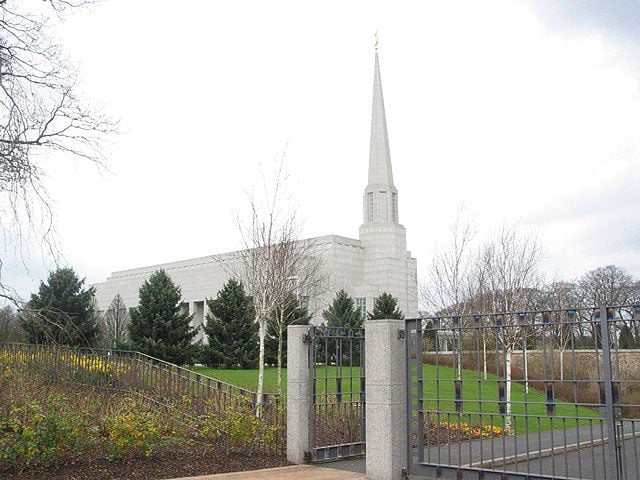
After leaving the temple grounds, we did a multi-hour walking tour of Church historic sites in Preston, where the missionaries first arrived in 1837 and where the Church’s oldest continuously functioning congregation meets. Among other things, we walked down through Avenham Park, where an official memorial to the church pioneers is located in the Japanese Garden, to the River Ribble, where the earliest Latter-day Saint baptisms in England were performed. Amusingly, George D. Watt and Henry Clegg raced one another to be the first to receive the ordinance. (Watt, younger than Clegg by twenty years, won the race.) Having mastered nineteenth-century Pitman shorthand, George Watt went on to transcribe the speeches of Church leaders, eventually launching the Journal of Discourses.
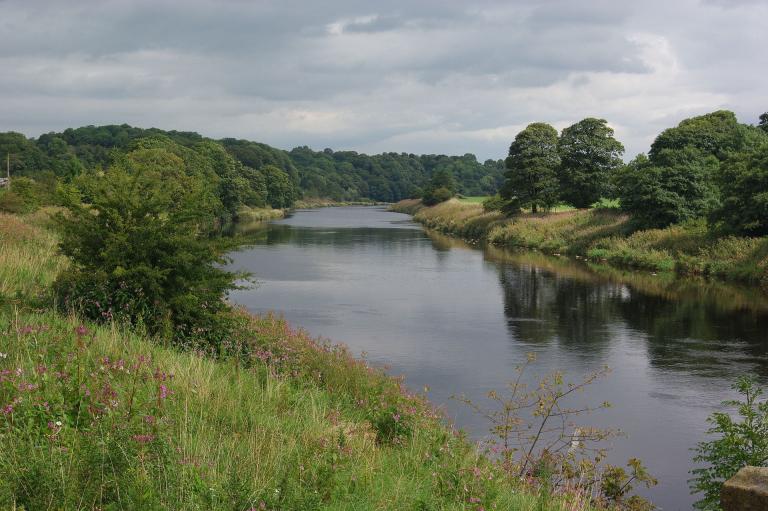
We visited the market square in Preston, where the earliest missionaries (including Orson Hyde and Heber C. Kimball) preached and the house on the corner of Fox Street and St. Wilfrid Street, not far away, where they first lodged. It’s empty and derelict, but it’s still standing — and if I had the money to do so I would buy it. Why? Because there’s a truly remarkable story behind it — see Peter Fagg’s article “A Satanic Attack on the First Missionaries in Preston, England” — and because I’m afraid that it will be demolished if somebody doesn’t step in to save it fairly soon. The young Gordon B. Hinckley also preached in Preston’s market square, and we visited the house in which he was living when, deeply discouraged, he wrote to his father that he was wasting his time and his father’s money and that he should just come home. His father’s response was that he should forget about himself and get to work. President Hinckley later described that as a pivotal moment in his life. (Please remind me to pass on an analogous story that we were told today about very late in his life.)

We then drove up the Ribble Valley, through the town of Chatburn to the village of Downham. Elder Kimball was told to bother with neither village, because the people in them were irreligious and godless. He went anyway and had phenomenal success. We went into the Anglican chapel that stands at the top of the village of Downham for some brief remarks from Kris Frederickson about the history of Protestantism in England, with an emphasis on George Fox and Quakerism (for reasons related to nearby Pendle Hill). While she was speaking, Lt. Col. The Hon. Ralph Christopher Assheton (pronounced like Ashton) slipped in at the back of the church. He is the heir apparent to his 95-year-old father, Ralph John Assheton, 2nd Baron Clitheroe (aka “Lord Clitheroe”); the Assheton family has owned the entirety of Downham and the surrounding fields and farms since 1558. Seeing our motor coach parked on the street and assuming correctly that we were a group of visiting Latter-day Saints, he had come over to welcome us. A very pleasant chap, one might say. Very friendly and kind. I had never previously met any of the Assheton family, so this was something of a treat.
We also visited what has come to be called “Elder Holland’s oak.” It’s a tree at the end of Downham, a little bit of a walk uphill from the road, to which, as a member of the Seventy and as the then area president for Great Britain, Elder Jeffrey R. Holland would repair whenever he wanted to consider and to pray about a challenging issue. It was at “Elder Holland’s Oak” that, he has said, he received a strong answer as to the location of what is now the Preston England Temple. A large stone block has now been placed near the tree with the approval of the Asshetons (who, on the whole, have preferred not to have monuments or signs or markers in the village). It will eventually bear a plaque telling the story of his experience there with regard to the temple. My wife suggested that she take a picture of our group standing in front of the tree and that we send it to Elder Holland as a token of affection. Great idea. He has been kind to us over the years.
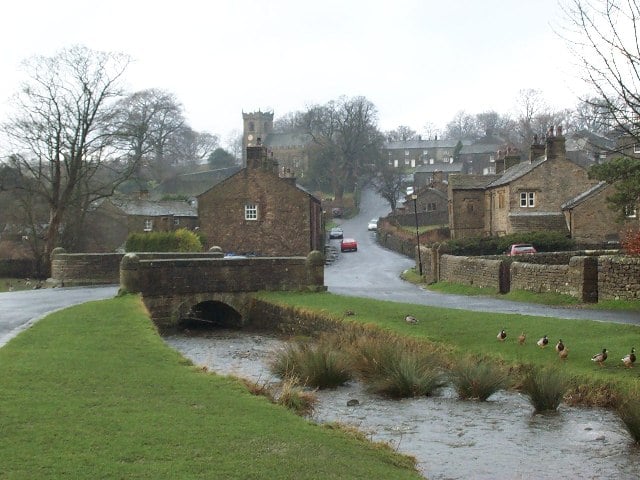
Peter Fagg, by the way, is doing a magnificent job. This is at least the fourth or fifth time that we’ve had him with us as a guide, and he has never disappointed. He has always impressed.
Posted from Preston, Lancashire, England




